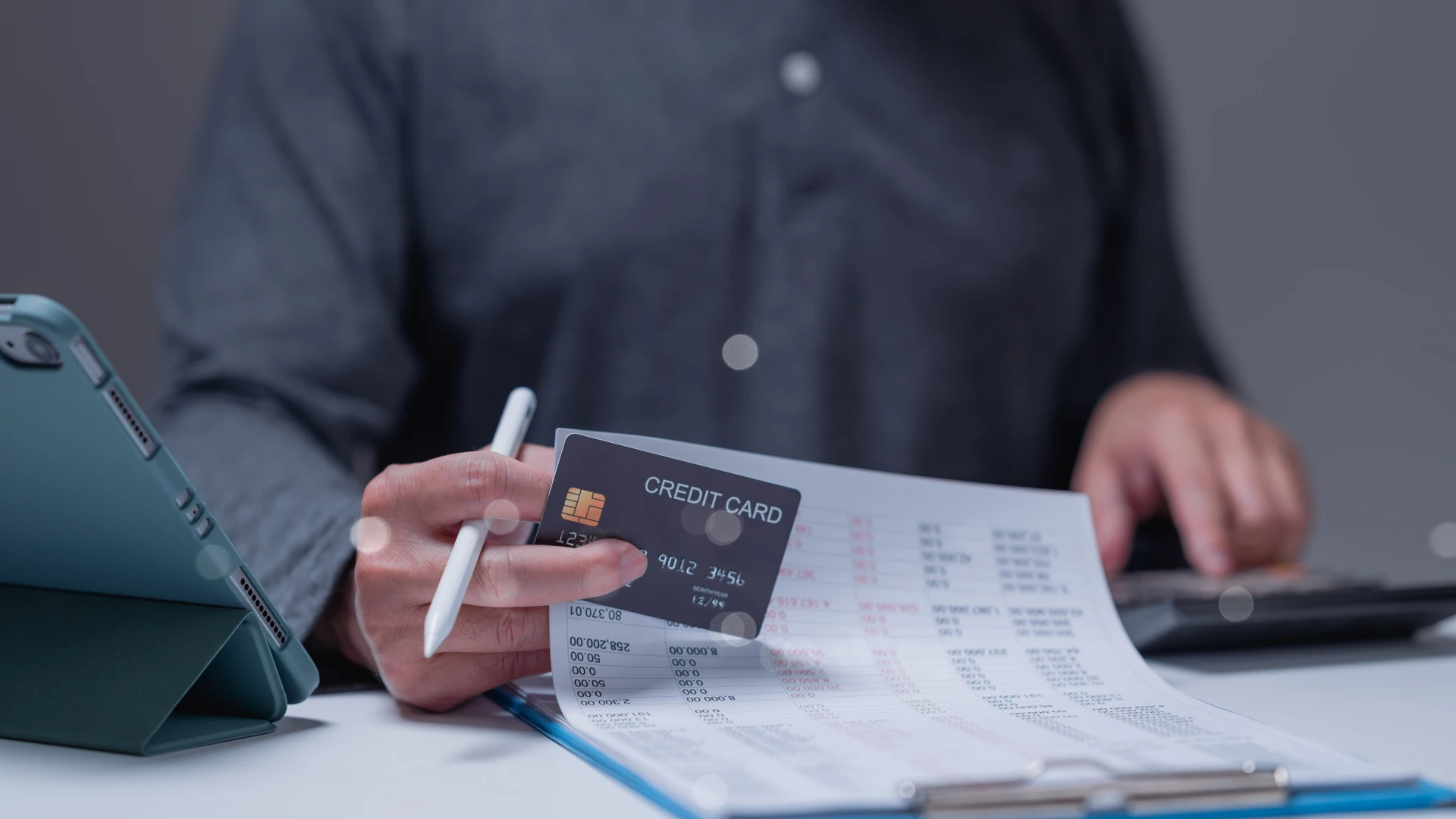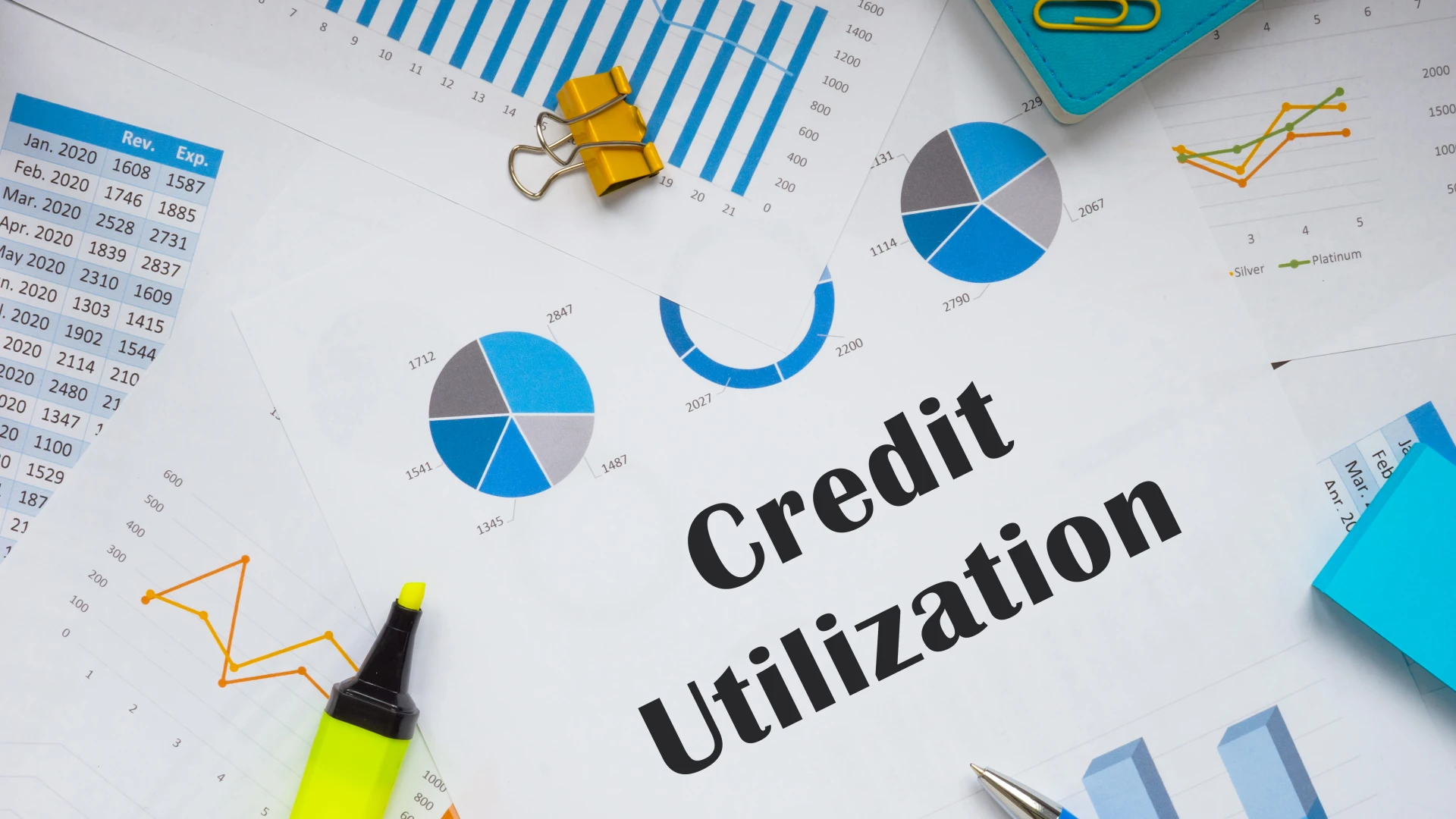Credit Utilization Ratio: What You Need to Know
Understanding credit scores can feel confusing, especially when it comes to the credit utilization ratio. This number, which shows how much of your available credit you’re using, might seem like just another statistic. But it’s a big deal—it plays a key role in determining your credit score and how lenders see you.
This makes it one of the most important factors in determining your creditworthiness. According to Experian, a high credit utilization ratio is one of the leading reasons for lower credit scores among Americans. While it plays a big role in financial health, it’s easy to manage once you know how.
This guide will explain everything you need to know about credit utilization. You’ll learn how to calculate your ratio, see how it affects your credit score, and find simple ways to improve it. Managing this key part of your credit can strengthen your financial health and help you access better interest rates, higher credit limits, and more financial opportunities.

What is a Credit Utilization Ratio?
The credit utilization ratio is a percentage that shows how much of your available credit you’re using. Along with your debt-to-income ratio, it’s a major part of how credit scores are calculated and helps lenders see how you manage credit. To find your ratio, divide the credit you’re using by your total credit limit. For example, if your credit limit is $10,000 and you owe $2,000, your ratio is 20%. A low ratio, under 30%, is best for keeping a strong credit score and securing better financial options.
Why Does Credit Utilization Matter?
Credit utilization matters because it’s a key part of your credit score. It makes up about 30% of your FICO score and 20% of your VantageScore. These scores help lenders decide how risky it is to lend you money. A low utilization ratio shows you manage credit wisely, which can lead to better interest rates, higher credit limits, and more loan offers.
Keeping your credit utilization low is also a sign of smart financial management. Lenders see it as proof you’re not over-relying on credit, which makes you a safer borrower. On the flip side, a high ratio can hurt your credit scores by making it seem like you’re struggling to manage debt. By keeping this ratio in check, you can improve your financial health and unlock better opportunities.
Follow the 30% Rule
The 30% rule is a simple way to keep your credit utilization ratio low. Use no more than 30% of your total credit limit at any time. For example, if your limit is $10,000, keep your balance below $3,000. Staying under this amount shows lenders you handle credit well and helps your credit score.
Using less than 30% of your credit also gives you room for emergencies without maxing out your cards. By following this rule, you can keep a strong credit score and enjoy better financial options.
How to Calculate Your Credit Utilization Ratio
Calculating the credit utilization ratio means dividing your total balance by your total limit is simple and can help you manage your credit more effectively. We'll go into more detail below, but this is what the equation looks like:
Credit Utilization Ratio = Total Balance ÷ Total Limit
The ratio is a key factor in determining your credit score. It measures the percentage of your available credit that you’re currently using.
Step-by-Step Calculation
-
Determine Your Credit Card Balances:
Add up the balances on all your credit cards. For example, if you have two cards with balances of $2,000 and $1,000, your total balance is $3,000.
-
Find Your Total Credit Limits:
Add the credit limits of all your cards. For example, if your first card has a $10,000 limit and your second has a $5,000 limit, your total credit limit is $15,000.
-
Divide the Total Balance by the Total Limit:
Divide your total balance by your total credit limit. Using the example above:
Credit Utilization Ratio = Total Balance ÷ Total Limit = 3000 ÷ 15000 = 0.20
-
Convert to a Percentage:
Multiply the result by 100 to express it as a percentage. In this example, your credit utilization ratio is 20%.

What Is a Good Credit Utilization Ratio?
A good credit utilization ratio is generally below 30%. For the best results, aim for a ratio under 10%. Regularly monitoring this ratio helps you manage credit wisely and improve your financial health.
Insert credit utilization calculator
How Your Credit Use Affects Your Credit Score
Your credit use, or credit utilization, is a key factor in your credit score. It measures how much of your available credit you’re using and shows lenders how you handle credit. Here’s how it impacts your score:
Keep Credit Use Low
If you keep your credit use low, it looks good to the companies that calculate credit scores and can help raise your score. This shows you're careful with your money and not spending more than you can handle. On the other hand, if you use a lot of your credit limit, it might look like you're in financial trouble, which can lower your score.
Payment History and Credit Use
Paying on time is crucial for your score, but high credit use can still hurt. Even if you make payments regularly, high balances can show lenders that you rely too much on credit, which lowers your score.
Why Does Higher Credit Utilization Decrease Your Credit Score?
Higher credit utilization decreases your credit score because it signals financial risk to lenders. When you use a large portion of your available credit, it looks like you’re relying heavily on borrowing, which can make lenders think you’re struggling to manage your finances.
Consistently high credit use can damage your score and make it harder to get loans or credit cards. Over time, it may also lead to higher interest rates. Keeping credit use low helps improve your score and gives you more financial options.
Individual vs. Overall Credit Use
Credit utilization is calculated both at the individual card level and across all your credit accounts. Understanding how these two measurements work can help you manage your credit more effectively.
Individual Credit Use
Individual credit use refers to the utilization ratio on a single credit card. For example, if you have a credit card with a $5,000 limit and a $2,000 balance, your individual utilization is 40%. High utilization on one card can hurt your credit score, even if your overall ratio is low.
Overall Credit Use
Overall credit use measures the combined balances on all your credit cards compared to your total credit limit. For instance, if you have two credit cards with a combined limit of $15,000 and total balances of $3,000, your overall utilization ratio is 20%. Lenders and credit scoring models often prioritize this number, but high utilization on one card can still raise red flags.
Why Both Matter
Lenders look at both individual and overall credit use to assess your financial habits. A low overall ratio shows responsible credit use, but maxing out a single card can indicate riskier behavior. Keeping both ratios low helps maintain a strong credit profile.
Tips to Balance Both
-
Spread Spending Across Cards: Avoid maxing out one card by distributing expenses across multiple cards.
-
Monitor Individual Ratios: Keep utilization below 30% on each card.
-
Pay Off High-Balance Cards First: Focus on reducing balances on cards with the highest utilization.
By managing individual and overall credit use, you can protect your credit score and demonstrate responsible credit management to lenders.
7 Ways to Improve Your Credit Utilization Ratio
Improving your credit utilization ratio can have a big impact on your credit score. This ratio shows how much credit you’re using compared to your total credit limit. A lower ratio is better for your credit health. Here are practical ways to improve it:
1. Pay Down Balances
Reducing your credit card balances is the most effective way to lower your utilization ratio. Focus on paying off high-interest cards first while keeping other balances low.
2. Make Multiple Payments
Paying your credit card bill more than once a month keeps your reported balance low. This strategy ensures your utilization ratio stays under control, even before the due date.
3. Request a Credit Limit Increase
Ask your credit card issuer for a higher credit limit. If approved, your utilization ratio drops without any changes to your spending. For example, if your balance is $2,000 on a $5,000 limit, increasing the limit to $10,000 lowers your ratio from 40% to 20%.
4. Spread Spending Across Cards
Instead of putting all expenses on one card, use multiple credit cards to keep balances low on each account. This prevents a high utilization rate on any single card.
5. Avoid Closing Credit Accounts
Keeping old credit cards open, even if unused, helps maintain a higher total credit limit. Closing accounts reduces your available credit and can increase your ratio.
6. Monitor Spending
Track your credit card use to ensure you don’t exceed 30% of your credit limit. Adjust your budget or spending habits if needed to stay within this range.
7. Combine Your Debts

Put all your debts into one loan. This makes it easier to manage your payments and might even lower the interest you pay. Lowering your total debt helps reduce your credit use
Improving your credit utilization ratio takes consistency and planning. By lowering balances, increasing credit limits, and managing spending, you can achieve a healthier ratio and boost your credit score.
How to Handle High Credit Card Use
High credit card use can hurt your credit score and signal financial strain to lenders. Managing it effectively is crucial for improving your financial health. Here are actionable steps to address high credit card use:
Pay More Than the Minimum
Paying only the minimum balance keeps you in debt longer and increases interest costs. Aim to pay as much as possible each month to reduce your balances faster.
Create a Budget
Create a budget (link) and track your income and expenses to identify areas for savings. Then, redirect those savings toward paying down your credit card debt.
Use the Snowball or Avalanche Method
-
Snowball Method: Pay off the smallest balances first to gain momentum.
-
Avalanche Method: Focus on the card with the highest interest rate to save on interest over time.
Choose the strategy that best motivates you to stay on track.
Consider a Balance Transfer
If you have good credit, consider a balance transfer card with a 0% introductory APR. This can consolidate your debt and give you time to pay down balances without accruing interest.
Negotiate with Creditors
Negotiate with creditors to lower the interest rate or to create a temporary payment plan. This can make it easier to manage and reduce your debt.
Avoid Adding New Debt
Stop using your credit cards for non-essential purchases until you’ve reduced your balances. Focus on using cash or a debit card for daily expenses.
Seek Professional Help
If your credit card use feels unmanageable, consult a credit counselor or financial advisor. They can help you create a repayment plan or explore debt relief options.
By addressing high credit card use with these strategies, you can regain control of your finances, reduce debt, and improve your credit score.
Written by

Elias Ervill